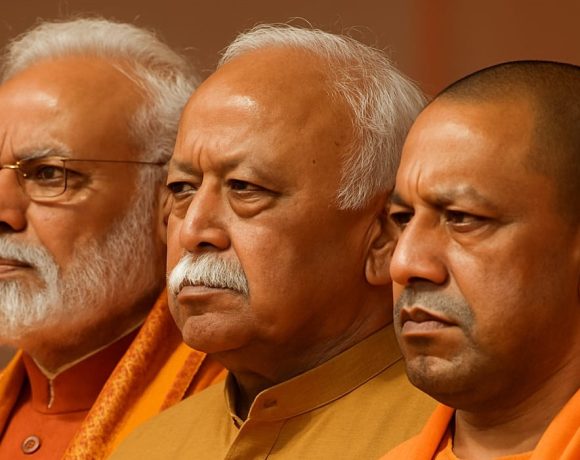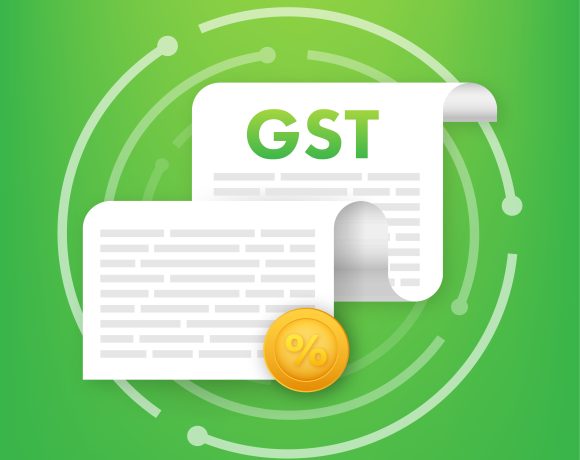
Breaking Down The News: How India’s Budget 2025-26 Affects You and Your Household
Finance Minister Nirmala Sitharaman’s Budget 2025-26 includes several decisions that will directly or indirectly impact the daily lives of common citizens. From tax savings to cheaper medicines, here’s a simple breakdown of how the budget affects you and your family.
1. More Take-Home Salary – Income Tax Relief
What happened?
If your annual income is up to ₹12.8 lakh, you don’t have to pay income tax anymore.
Earlier, this exemption limit was only ₹7 lakh.
Tax rates on higher incomes have also been reduced.
How does this affect you?
✔️ More money in your pocket each month.
✔️ Better savings or extra spending on essentials and luxuries.
2. Cheaper Medicines – Lower Cost of Healthcare
What happened?
36 life-saving drugs, including cancer medicines and treatments for chronic diseases, have been made cheaper by removing import taxes.
How does this affect you?
✔️ If you or a family member needs expensive medical treatments, you’ll pay less for medicines.
✔️ Easier access to critical healthcare without heavy financial strain.
3. Electronics and Appliances Get Cheaper
What happened?
Customs duties on parts used in TVs, mobile phone batteries, and LED products have been reduced.
How does this affect you?
✔️ Expect lower prices for mobile phones, LED TVs, and household appliances in the coming months.
✔️ More affordable gadgets for your home and personal use.
4. Food and Cooking – What’s Cheaper and What’s Costlier?
What’s cheaper?
Fish and seafood: Duties on frozen fish and fish-based products have been reduced.
Farm loan benefits: More loans available for farmers mean better crop production, leading to stable food prices.
What’s costlier?
Imported knitted fabrics: Items made from these fabrics (some clothes, home furnishings) may get expensive.
How does this affect you?
✔️ If you eat fish, expect lower seafood prices.
✔️ Clothing made from special imported fabrics might cost more.
5. New Jobs – More Employment Opportunities
What happened?
Big focus on manufacturing: More incentives for companies to set up factories in India.
₹11.21 lakh crore for roads, railways, and other infrastructure projects.
More investment in startups to help new businesses grow.
How does this affect you?
✔️ More job openings in manufacturing, construction, and startups.
✔️ If you’re looking for a new career opportunity, this could be your chance.
6. Insurance – More Competition, More Benefits
What happened?
Foreign companies can fully own insurance firms in India (earlier, they could only own 74%).
How does this affect you?
✔️ Better insurance plans and lower premiums as competition increases.
✔️ More variety in life, health, and vehicle insurance options.
7. Public Transport – Faster and Better Roads
What happened?
Big boost for infrastructure spending – more money for roads, highways, and metro expansion.
How does this affect you?
✔️ Faster travel times with better roads.
✔️ Improved public transport means less congestion and easier commuting.
8. Energy Bills – Future Plans for Cleaner and Cheaper Power
What happened?
A Nuclear Energy Mission was announced, aiming to produce 100 GW of nuclear power by 2047.
How does this affect you?
✔️ Long-term goal: Lower electricity bills as India moves to cheaper energy sources.
✔️ Cleaner energy means less pollution in cities.
Final Thoughts – Is This Budget Good for the Common Man?
✔️ You save more money due to tax cuts.
✔️ Medicines and gadgets become cheaper, helping with healthcare and daily life.
✔️ More job opportunities due to government spending on infrastructure and manufacturing.
✔️ Better roads and transport for faster, smoother travel.
✔️ Insurance policies could improve with foreign investment.
⚠️ What might cost more?
❌ Some imported clothing and fabric-based items.
❌ High-end gadgets that rely on expensive imported components.
This budget focuses on increasing income, reducing essential costs, and boosting employment opportunities—a win-win for most Indian households.


















